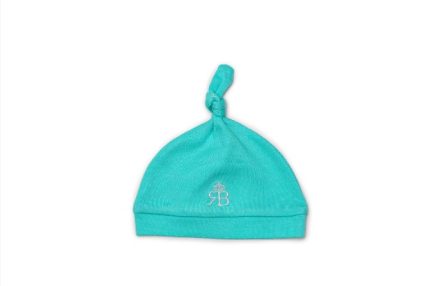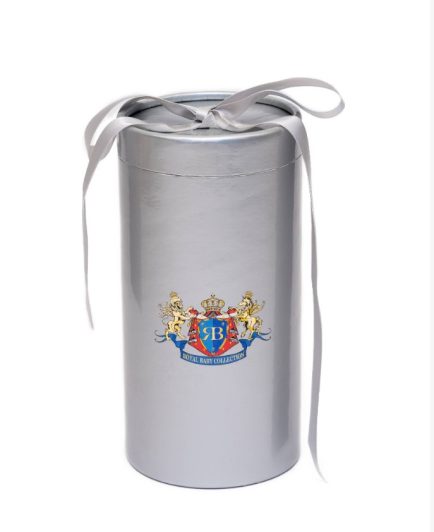Step-by-Step
- When dressing your baby: While supporting your baby on your lap, stretch the garment neckline and pull it over your baby’s head. Use your fingers to keep it from catching on his or her face or ears. Don’t try to push your baby’s arm through the sleeve. Instead, put your hand into the sleeve from the outside, grasp your baby’s hand, and pull it through.
- When undressing your baby: Take off the sleeves one at a time while you support your baby’s back and head. Then stretch the neckline, lifting it free of your baby’s chin and face as you gently slip it off.
Clothing Tips
- In colder weather (under 75 degrees Fahrenheit [23.88 degrees Celsius]): Your baby will need several layers of clothing to keep warm. It’s generally best to dress your baby in an undershirt and diapers, covered by pajamas or a dressing gown, and then wrap him or her in a receiving blanket. For an extra layer, a wearable blanket sleeper or sleep sack is a safe alternative.
- In hot weather (over 75 degrees Fahrenheit [23.88 degrees Celsius]): You can reduce your baby’s clothing to a single layer. A good rule of thumb is to dress the baby in one more layer of clothing than you are wearing to be comfortable in the same environment. See Baby Sunburn Prevention for more information.
- If your baby is premature: He or she may need still another layer of clothing until his or her weight reaches that of a full-term baby and his or her body is better able to adjust to changes in temperature.
- If you’ve never taken care of a newborn baby before: The first few times you change a baby’s clothes can be quite frustrating. Not only is it a struggle to get that tiny little arm through the sleeve, but your baby may shriek in protest through the whole process. Babies do not like the rush of air against their skin, nor do they enjoy being pushed and pulled through garments. It may make things easier for both of you if you hold your baby on your lap while changing the upper half of the body, then lay him or her on a bed or changing table while doing the lower half.
- When you’re dressing her in one-piece pajamas: Pull them over your baby’s legs before putting on the sleeves. Pull T-shirts over her head first, then put one arm at a time through the sleeves. Use this opportunity to ask “Where’s the baby’s hand?” As your baby gets older this will turn into a game, with him or her pushing his or her arm through just to hear you say, “There’s the baby’s hand!”
Certain clothing features can make dressing much easier. Look for garments that:
- Snap or zip all the way down the front, instead of the back
- Snap or zip down both legs to make diaper changes easier
- Have loose-fitting sleeves so your hand fits underneath to push the baby’s arm through
- Have no ribbons or strings to knot up, unravel, or wrap around the neck (which could cause choking)
- Are made of stretchy fabric (avoid tight bindings around arms, legs, or neck)
Swaddling
During the first few weeks, your baby will spend most of his or her time wrapped in a receiving blanket. Not only does this keep your baby warm, but the slight pressure around the body seems to give most newborns a sense of security.
How to swaddle correctly:
- To swaddle, spread the blanket out flat, with one corner folded down.
- Lay your baby face-up on the blanket, with his or her head above the folded corner.
- Straighten your baby’s left arm, and wrap the left corner of the blanket over your baby’s body and tuck it between his or her right arm and the right side of his or her body.
- Then tuck the right arm down, and fold the right corner of the blanket over your baby’s body and under his or her left side.
- Fold or twist the bottom of the blanket loosely and tuck it under one side of your baby.
- Make sure your baby’s hips can move and that the blanket is not too tight. You want to be able to get at least two or three fingers between the baby’s chest and the swaddle.






























